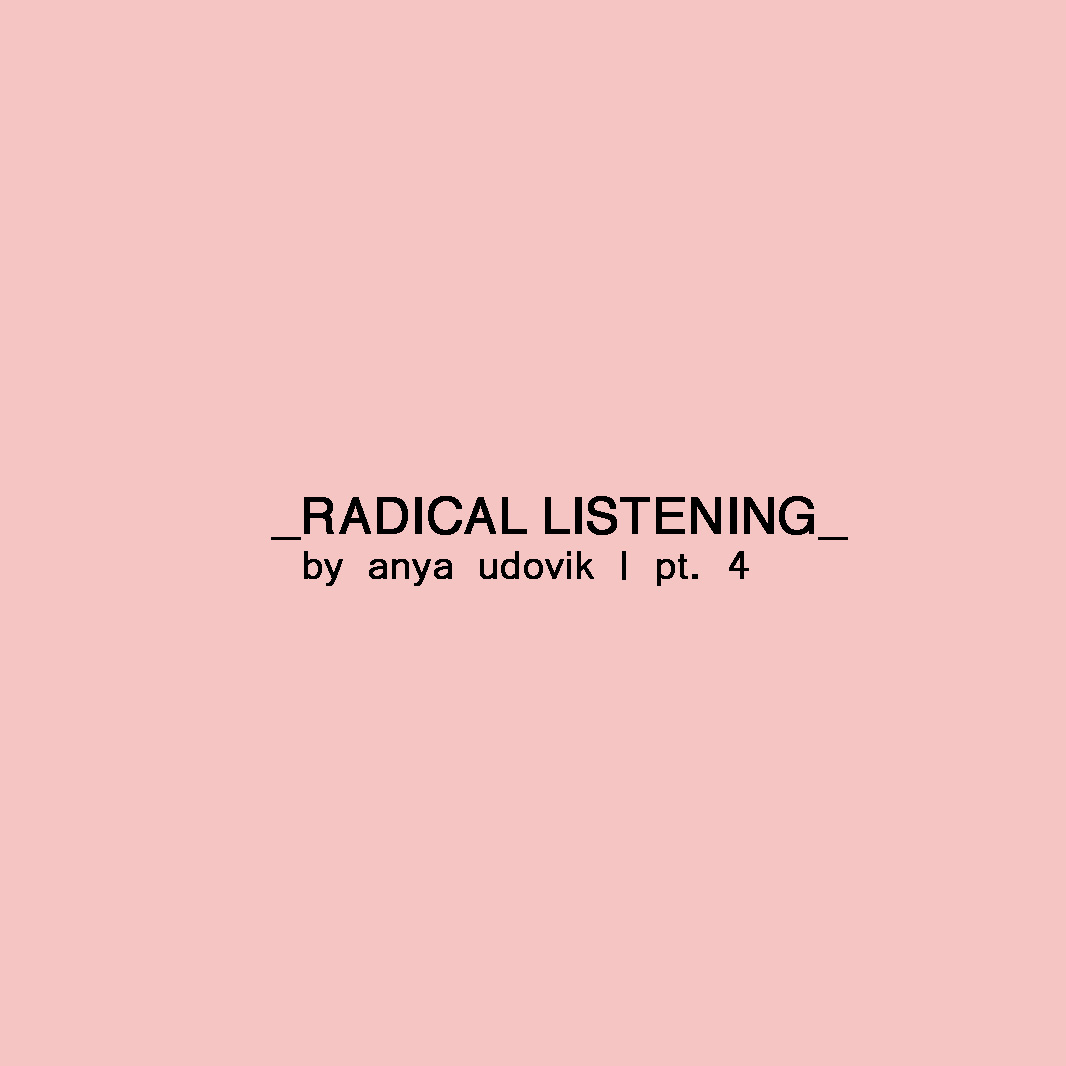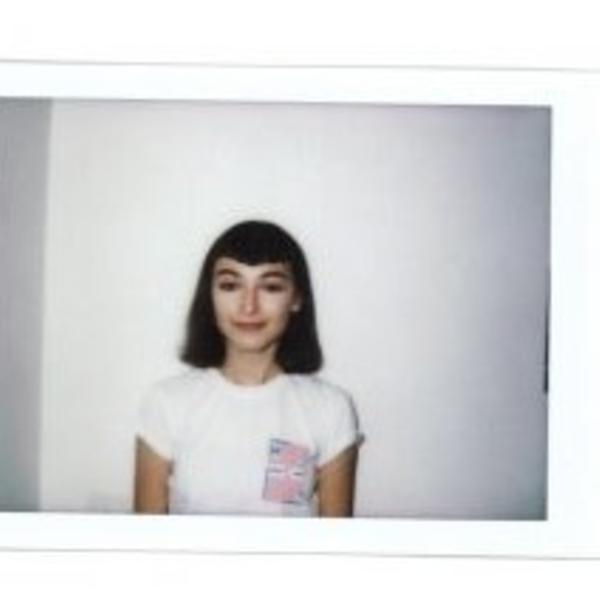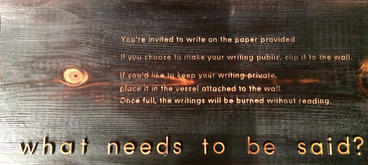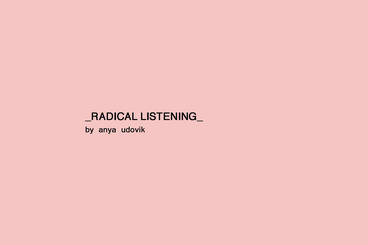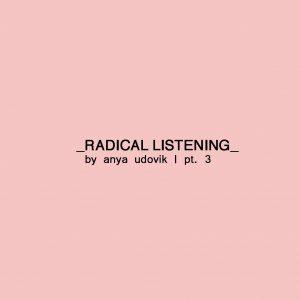Final Thoughts & Reflections
On a frigid April 26th evening, an incoherent line of students, participants, onlookers, and visitors filed out of the comfort of WAM’s packed Riverview gallery towards a carefully manicured plaza in the back of Coffman Memorial Union. We were participating in the closing event for The Talking Cure--we walked to burn the private responses from Rebecca Krinke’s What Needs to be Said.
The same night, the Weisman hosted Ivory Tower’s 2017 Literary Magazine launch. With the concluding remarks, five dancers emerged from the crowd. Following a contemplative, fluid routine the dancers approached five copper bowls constructed by Krinke and filled with private messages from the The Talking Cure’s visitors. As we walked, I could not help reflecting on the experience of the walk as a meditative exercise, here, I thought directly to Richard Long’s pieces from the 60s and 70s, which considered ideas of the walk and self reflection.
As we descended down to the burning site, we were greeted by Piero Protti and Alexandra Olson, Krinke’s two graduate students who provided vital assistance in the realization of the project itself. As the dancers placed the bowls around the fire and proceeded to conclude their performance, Krinke, Protti, Olson, the Talking Cure’s curator, Laura Joseph, and myself gathered around the bowls. Rebecca began her reflective remarks, pondering on the complex implications of a seemly simple question--what needs to be said? Krinke then linked the symbolic time span of the project--one spanning 9 months. This cyclical nature of the work was later addressed by Protti who addressed the constructive component of the work. Olson attested to the process, remarking on the process of creation, labor, and on being the first to contribute--testing the unknown implications of submitting one’s (although anonymous) speech into the uncharted public eye. I then followed, stressing the various functions of the piece, one which invites conversation, and one which requires listening. As as active listener, I pondered on the potential of situating the piece in the disciple of art history and the implication of participatory works in the museum. On that note, Laura Joseph reiterated her experience with the curation and the maintenance of the piece--as Krinke put it later, the piece was like a garden. This living and growing work required care and attentiveness. Joseph's remarks beautifully closed the long process of reflection, of asking and not expecting answers.
As we expressed our remarks, we began burning the private answers. The process was highly intimate. From my perspective, although I could feel the eyes of the 40-some onlookers, I felt perfectly absorbed in the process of carefully placing highly private reflections into the burning bowl. Doing what she does best, Rebecca channeled her years as a professor and mentor, sparking a conversation on the various metaphors of the piece and the process of construction, the crowd gathered closer to the fire, fostering a sense of unity, a silent form of release and relief. People began to slowly funnel out. We stayed longer to watch the calm embers radiate among the intricate grey ashes from the private messages.
With the conclusion of The Talking Cure I want to take a moment to reflect on the project from the lens of an active listener. On a personal note, this project manifested into a complex, multi-level involvement process. It became a process of gathering evidence, participation, looking, listening. In the final analysis, I found myself part of, as Krinke noted, an organic, living, and growing structure. However, my job was also situate the piece, to reflect on it’s place at an institution that is the Weisman. To situate the piece in it’s historical precedents. In the process, I was an active participant: a contributor to the private vessel and the public wall, I was part of a functioning team of caretakers, and a group who finally saw the destruction of the entrusted, honoring the promise we all consciously made.
I invited Rebecca to add her thoughts about the night here’s what she had to say:
RK: The burning was really an emotional event for me. Seeing all the people gathered to be part of it, and to gather around the fire with four people close to the project over its duration was beautiful and poignant (my grad assistants are graduating!). When I read the one public message that I chose from among the hundreds of them contributed to the project - my voice unexpectedly cracked - as the author had actually written what I realized was a kind of spontaneous poem about the impact of reading the messages at What Needs to Be Said: how it was able to shift him from alone and despairing to feeling lifted and supported by community. They wrote, “This is the power of art.” For me as an artist, there is nothing more rewarding or humbling than that.
To close, I want to emphasize my interest in prolonging a sense of active listening, of radical listening. I encourage you to reflect on What Needs to be Said. Did you find a sense of purpose and use in the project? Did you find yourself reflecting, analyzing, and/or learning? Do you have find yourself raising any questions? What do you need to say?
